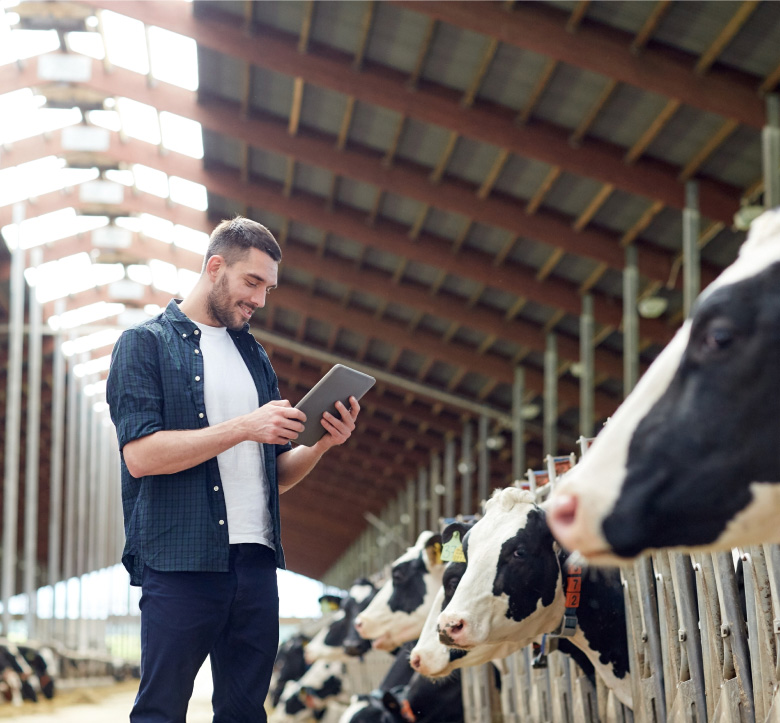

Choose your potassium source wisely
by Jorge Castro, LATAM Technical Services Manager, Arm & Hammer Animal NutritionPotassium is an essential nutrient needed by animals to maintain productivity and mitigate heat stress. It’s also a mobile nutrient, meaning it doesn’t leave reserves in the body and must be replenished in the daily ration. Without replenishment, animals can become deficient and experience reduced growth, muscle weakness or stiffening, reduced feed intake, nervous disorders, heart palpitations and more.
Adding potassium sources to the ration takes careful management. Potassium is part of a critical electrolytic balance, which must be maintained when supplemental potassium is added to the diet. Certain potassium sources can also cause ration heating and nutrient loss, so it’s important to minimize the risk of heating as much as possible.
Finding the right balance comes down to your potassium source.
Electrolyte balancing
Two formulas help us understand potassium’s important role in ration electrolyte balancing.
- The dietary electrolytic balance (dEB) formula:(Sodium + Potassium) – Chlorine
- The dietary cation - anion difference (DCAD) formula: (Sodium + Potassium) – (Chlorine + Sulfur)
Cations (sodium and potassium) are positively charged ions and anions (chlorine and sulfur) are negatively charged. Both can be adjusted in the diet to create a balance that’s either positive or negative, to maximize animal health and productivity. Daily maintenance needs, production levels and environment can impact levels of cations and anions at any given time.
Animals typically need a higher dEB/DCAD than what’s supplied in the ration without potassium supplementation. To reap the production benefits of a higher dEB/DCAD, supplemental sodium and potassium are needed.
Potassium source matters
Many nutritionists and farmers use potassium chloride, but potassium’s positive ionic charge and chloride’s negative ionic charge cancel each other out in the electrolytic balance. In other words, dEB or DCAD can’t become more positive to support production needs.
Potassium carbonate, found in Arm & Hammer DCAD Plus™, is the best choice for adding potassium into the ration because it only supplies potassium. It can be used to create a more positive dEB/DCAD, helping animals maintain production. Potassium sources also typically generate heat when exposed to moisture, causing the entire ration to “cook” and lose essential nutrients.
Animals eating hot feed also feel the effects. DCAD Plus™ uses potassium carbonate sesquihydrate which has already been partially hydrated –removing the potential for heating up in a moist ration.
Uses in dairy cattle and poultry
Many species can benefit from potassium carbonate. Most research has been done in dairy cows, but poultry operations can apply the same principles with similar benefit. Low potassium levels in birds can: Cause high blood pressure, heart disease and sudden death, especially in high-salt diets. Reduce the calcium needed for strong bones and shells. Result in electrolyte imbalances, causing metabolic issues like tibial dyschondroplasia and respiratory alkalosis in layers. Broiler and layer diets can be supplemented with potassium carbonate to maximize productivity and mitigate heat stress.
Contact your Arm & Hammer representative for additional information or learn more here.


